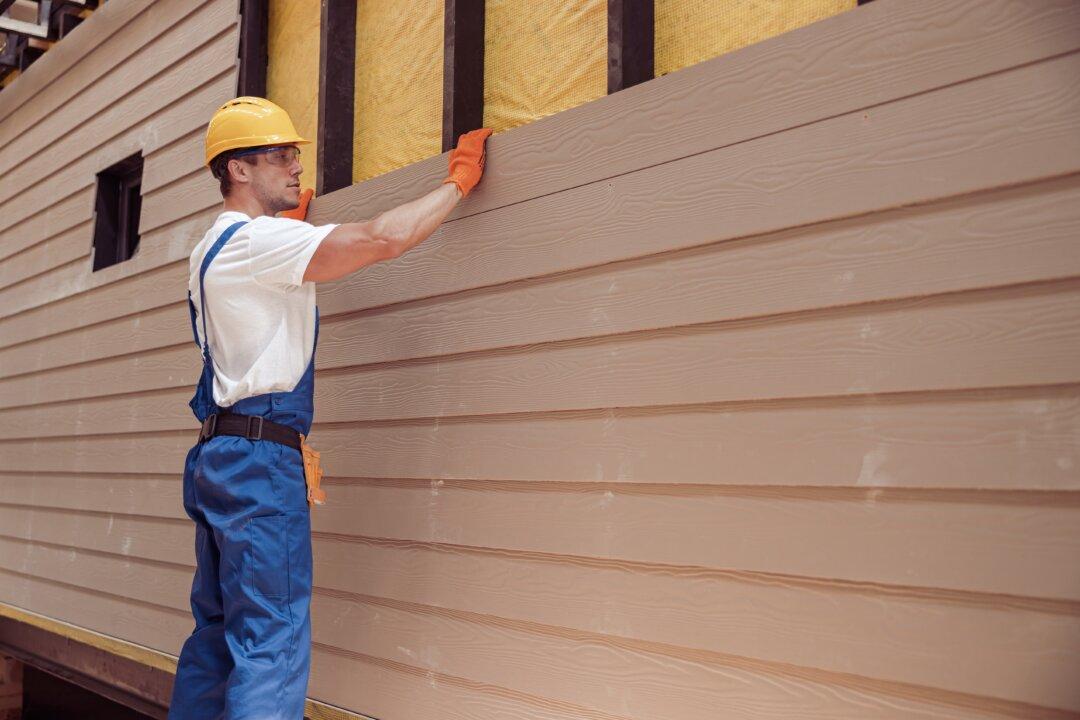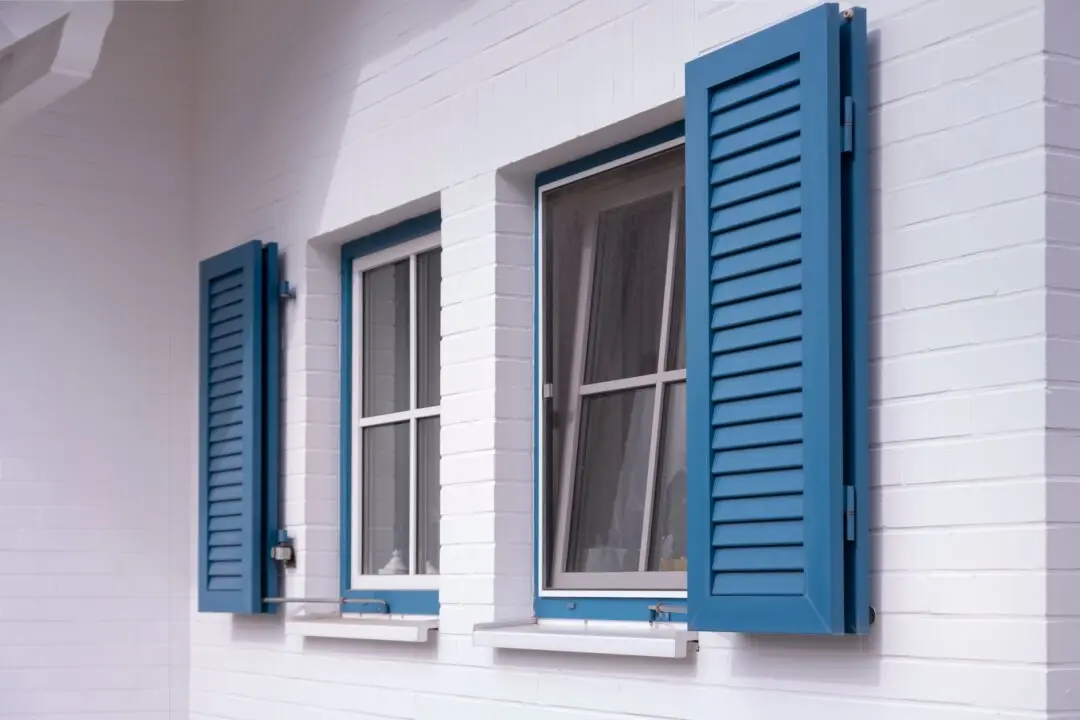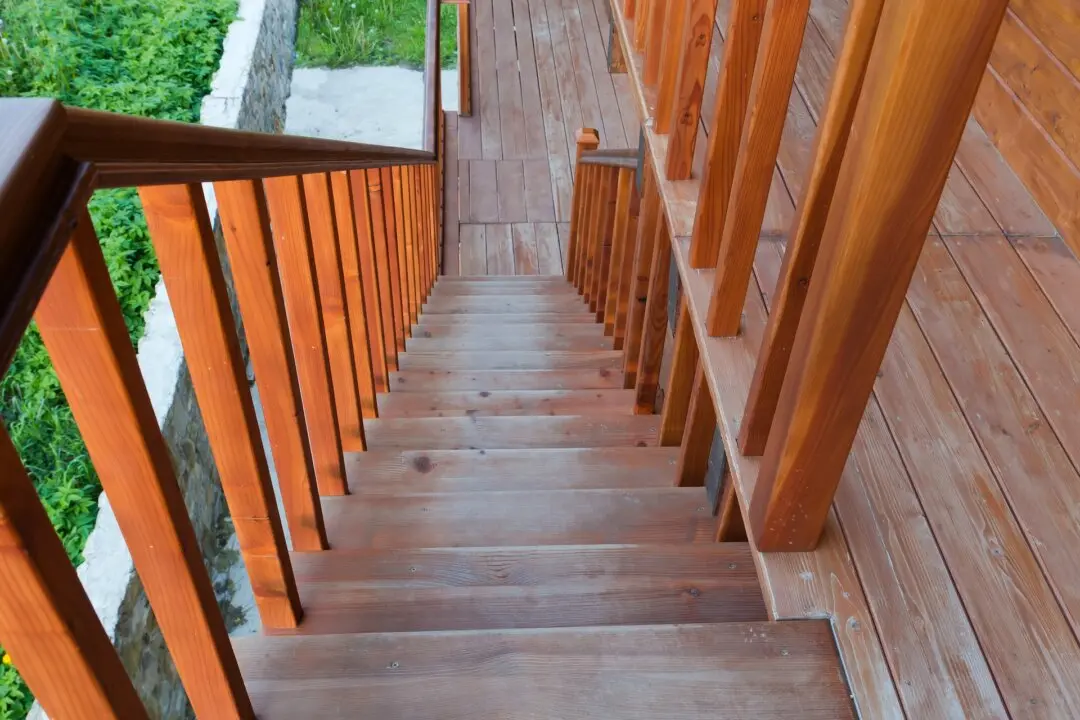Dear James: We live by a pond, and the weather stays humid. I plan to replace some wood siding myself and don’t want nail rust stains. How should I do it this time? —Daryl C.
Dear Daryl: Rust stains can occur in any climate and any location, but obviously are more of a potential problem in a constantly humid area. The rust stains can look awful, and they are often difficult to paint over and completely hide for any length of time.





